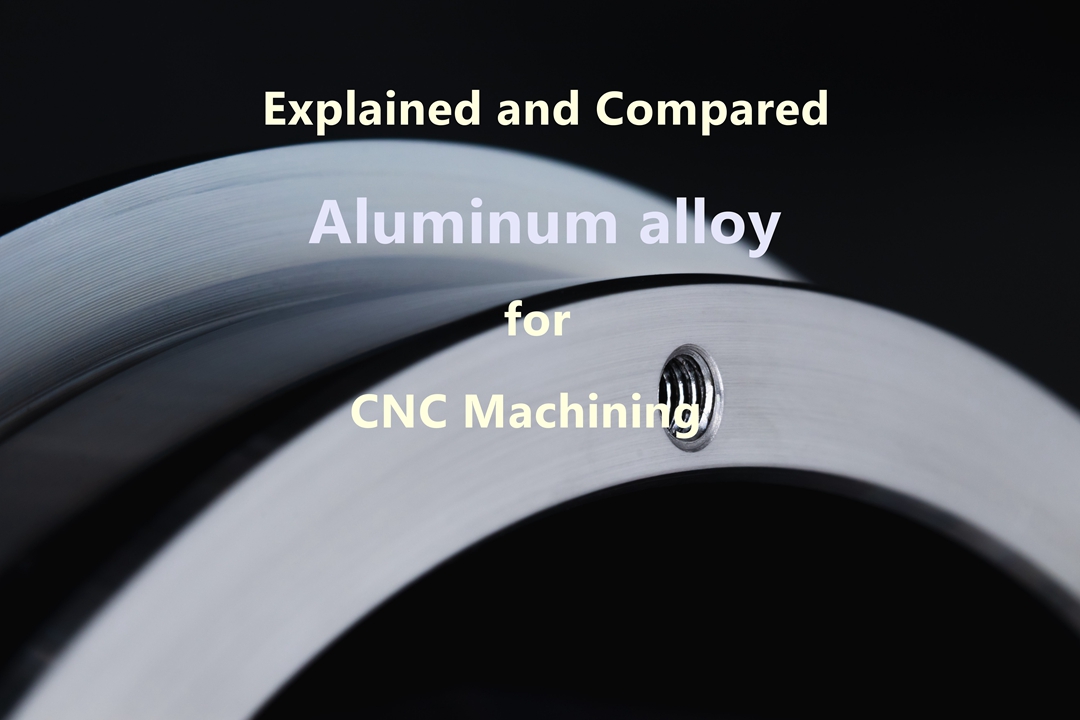Our Location
304 North Cardinal St.
Dorchester Center, MA 02124

Aluminum alloy machining is a critical process in the manufacturing industry. It is used to create a wide range of products that are used in various applications. However, many people do not understand the process of machining aluminum alloy and its importance. In this blog, we will discuss the basics of aluminum alloy machining and its significance.
Aluminum alloys are widely used materials across many industries due to their high strength-to-weight ratio, corrosion resistance, electrical conductivity, and more. Machining of aluminum alloys is an essential manufacturing process for fabricating high-performance aluminum components.
Aluminum alloy machining is a manufacturing process that involves the removal of excess material from an aluminum workpiece to create a specific shape or design. The process is carried out using a variety of tools such as lathes, milling machines, and routers.
Turning – Using a lathe to cut cylindrical forms
Milling – Using a rotating multi-toothed cutter to remove material
Drilling – Creating round holes
Boring – Enlarging existing holes
Tapping – Cutting threads for fasteners
Grooving – Cutting grooves of various shapes
CNC machining centers are commonly used for efficient aluminum alloy machining. Multi-axis CNC machining enables complex aluminum parts to be produced. The machining process is controlled by a computer program that directs the tools to make the necessary movements and cuts.
Aluminum alloy is a popular material used in various industries due to its unique properties such as high strength, low weight, and corrosion resistance. The material is used to create products such as aircraft parts, automotive components, and electronic devices. Machining aluminum alloy is important because it allows manufacturers to create precise, accurate, and high-quality parts that meet the specific needs of their customers.
Aluminum is alloyed with elements like copper, magnesium, silicon, and zinc to enhance its mechanical properties. Common wrought alloys for machining include 6061, 7075, 2024, 2324, and 5052. Cast aluminum alloys, like A356 and 319, are also popular.
When selecting an aluminum alloy, machinability is considered. Materials like 6061 and 6062 are highly machinable. Harder alloys like 2024 can be more difficult to cut.
Despite its many advantages, machining aluminum alloy can be challenging. The material is prone to cracking, chipping, and galling, which can affect the quality of the finished product. Additionally, aluminum alloy has a tendency to stick to the cutting tools, which can reduce their effectiveness and lifespan. To overcome these challenges, manufacturers use specialized cutting tools and machining techniques that are designed to work with aluminum alloy.
In conclusion, aluminum alloy machining is a critical process in the manufacturing industry. It allows manufacturers to create high-quality parts that meet the specific needs of their customers. However, machining aluminum alloy comes with its own set of challenges that must be overcome to achieve the desired results. As such, it is important to work with experienced and skilled professionals who understand the intricacies of aluminum alloy machining and can deliver high-quality products that meet your needs. We Componing Co., Ltd. has many years experience in cnc aluminum alloy machining field, welcome to contact us if you have any inquiry!